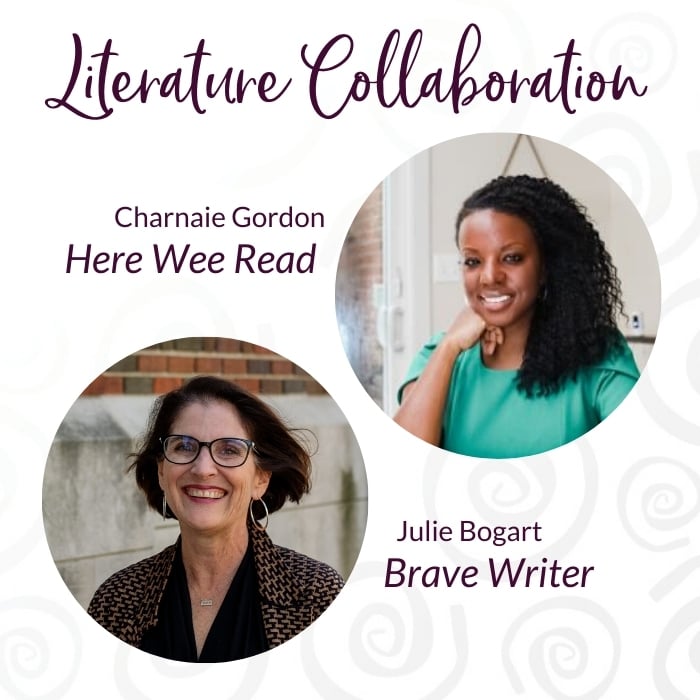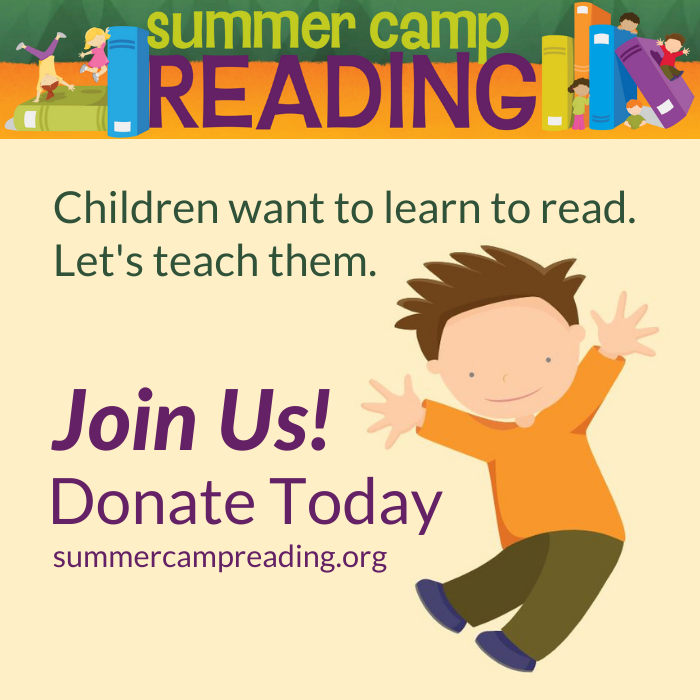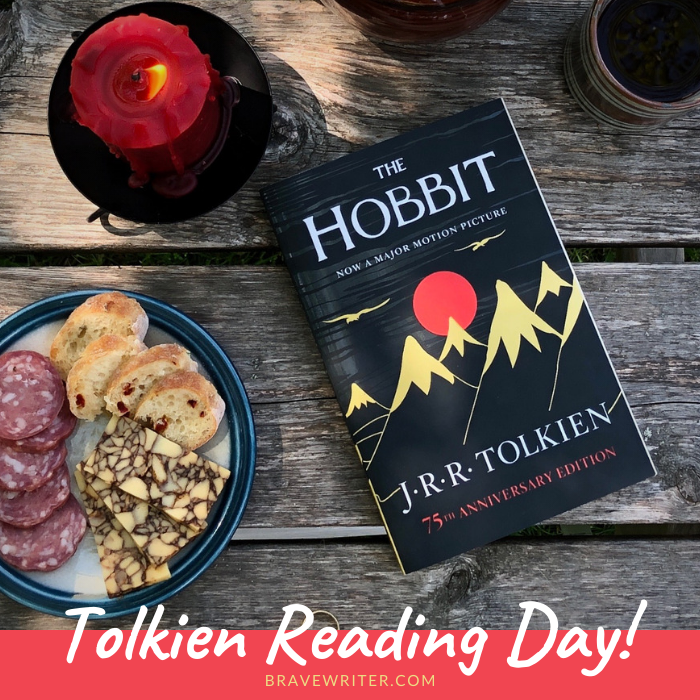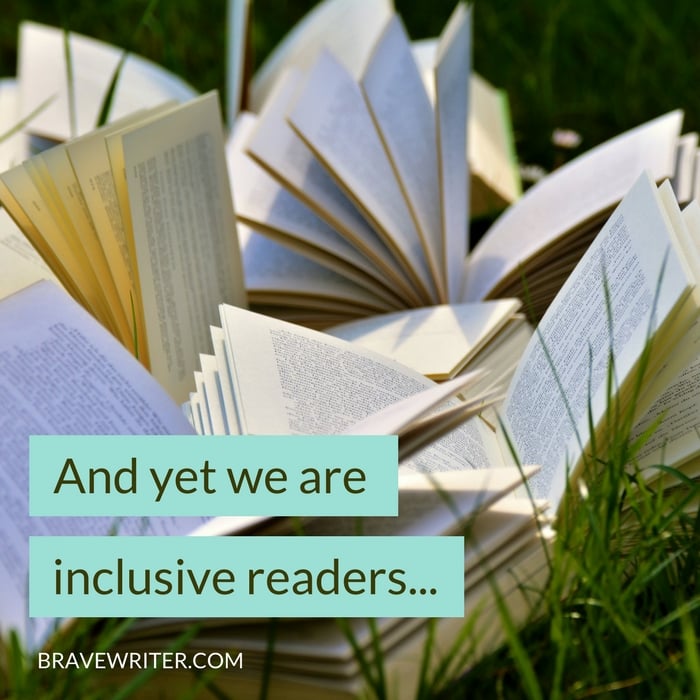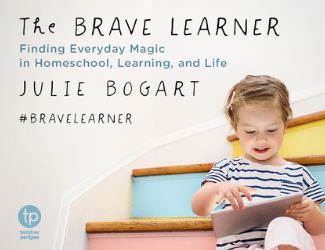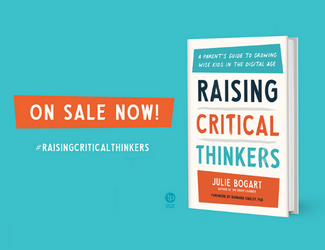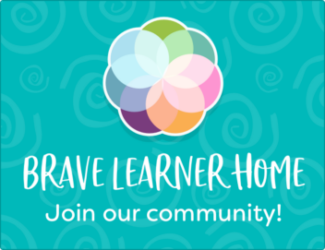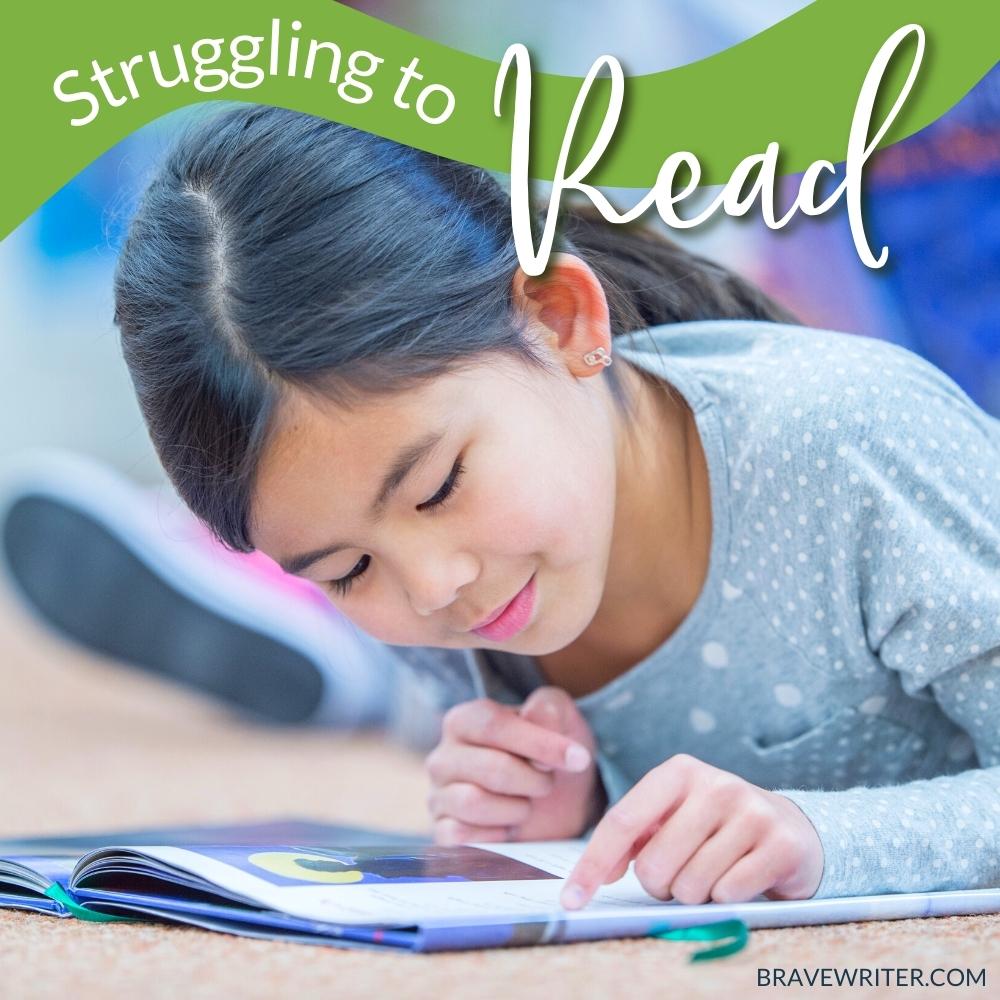
Is your child struggling to read well (or at all)?
I’m listening to a podcast (suggested by a Brave Writer fan) called “Sold a Story” about the failure of a popular method of teaching reading that doesn’t emphasize explicit phonics instruction. Emily Hanford, the show’s host, cites data that indicates that nearly 65% of fourth graders are poor readers.
Most home educators use a phonics-driven program to teach reading. I remember using a little book by Ruth Beechik to begin that instruction with my oldest son. He sat at the table while I used a white board to connect vowel sounds with a variety of consonants on either side: hat, cat, pad, bag; pig, sit, bid, sip.
Lots of tortured sounding out followed, but it was the act of noticing each letter that eventually unlocked his ability to read. I discovered with my daughter that she was doing such a good job of paying attention to the alphabet, she struggled to differentiate the different fonts for the same letters! Once we figured that out, she took off.
The Starting Place: Phonics
Phonics is the place to start because reading is foundationally the capacity to use the alphabet to transcribe and signal the familiar words we speak orally. In fact, it’s a pretty ingenious system that has made it possible to learn other languages. We transcribe the sounds our mouths make in order to remind us of the words or to preserve oral language for others to read later.
Certainly reading must be taught (it’s not caught like speech). The power of reading does more than introduce kids to a world of fascinating ideas and stories. It also allows children to become their own transcriptionists (writers). Those who struggle to read will struggle to spell and handwrite too.
If you wonder where to find a reputable phonics program, I recommend Pinwheels by Rooted in Language. Check it out.
Read Aloud
And remember to read to your kids. A child’s academic imagination grows in direct relation to immersion in story.
So whether you homeschool or not, you can teach your child to read. Be patient, take your time, add treats and snuggles.
Let’s raise readers!
This post is originally from my @juliebravewriter Instagram account.
Follow along for more conversations like this one!


